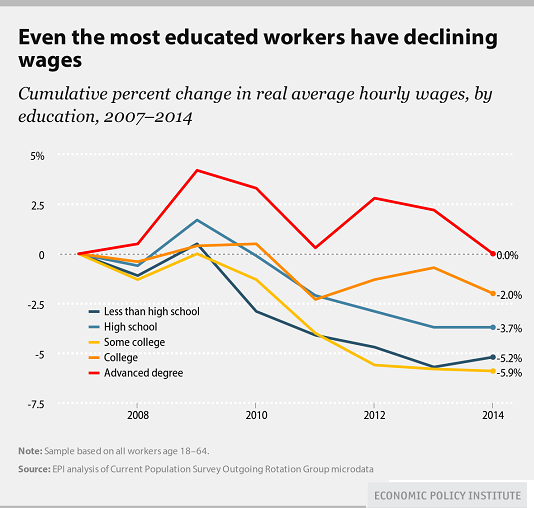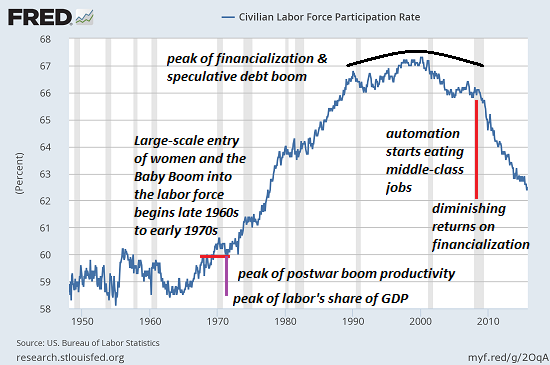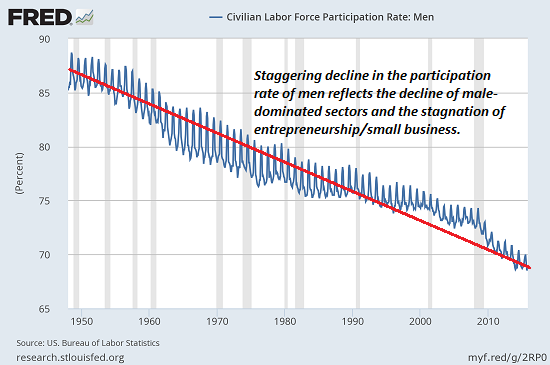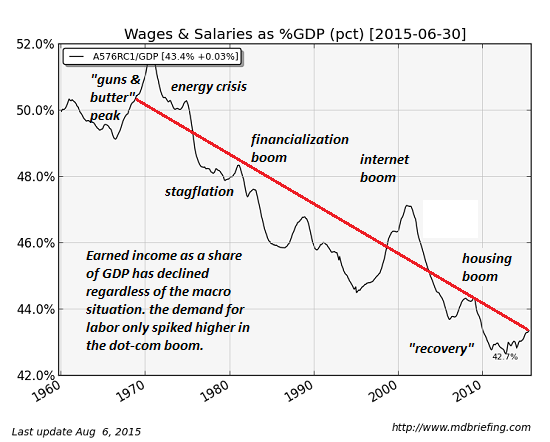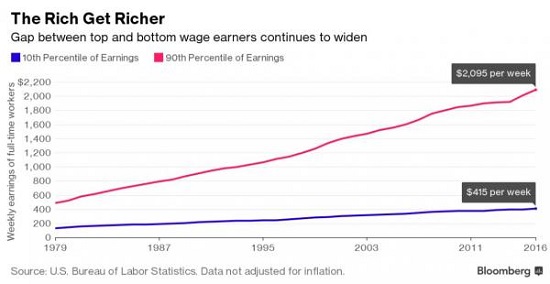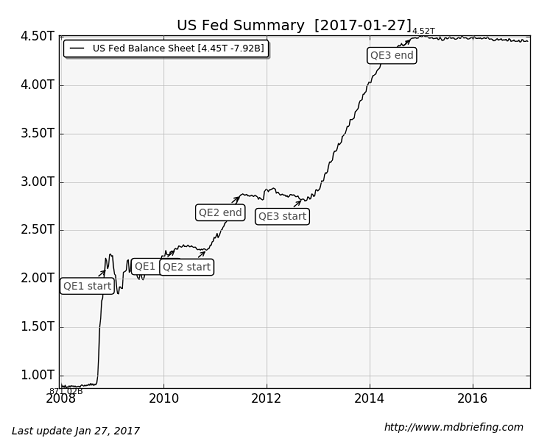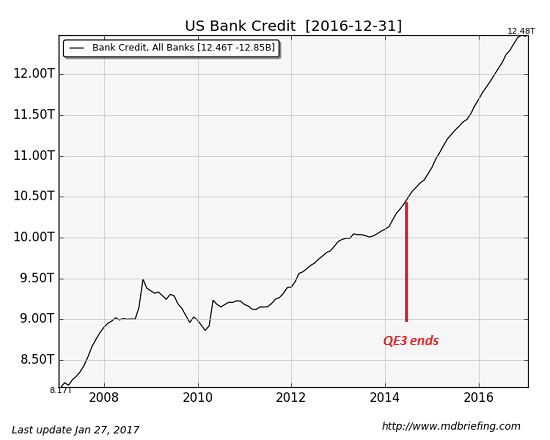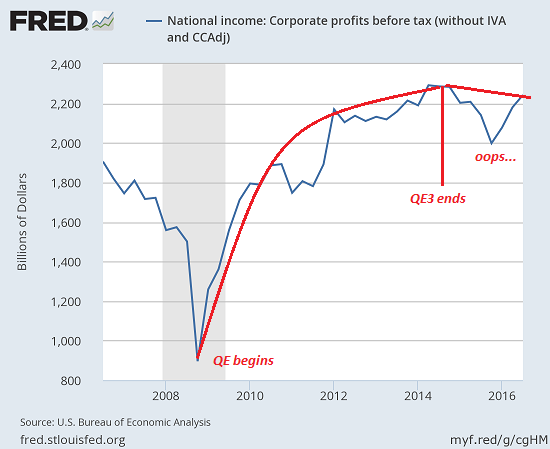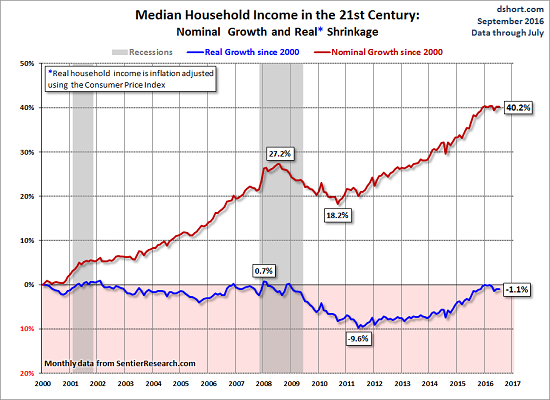As central bankers, finance ministers, and government policy makers head off to their annual gathering at Jackson Hole, Wyoming, this August, 24-26, 2017, the key topic is whether the leading central banks in North America and Europe will continue to raise interest rates this year; another topic high on the agenda is when the three major central banks – the Federal Reserve, European Central Bank and Bank of England – might begin to sell off their combined $9.8 trillion dollar balance sheets that they accumulated since the 2008-09 banking crisis.
But the more fundamental question – little discussed by central bankers and academics alike – is what are the likely effects of further immediate rate hikes and/or commencement of central banks’ balance sheet reductions? The assumption is further rate hikes and sell-offs will have little negative impact on the real economy or financial markets. But will they? The effects of hikes and sell off will prove the opposite of what they predict.
Central banks in the US and Europe were grossly in error predicting in 2008 that massive liquidity injections and zero interest rates would re-stimulate their economies and return them to pre-crisis real GDP growth rates. They are now about to repeat a similar error, as they presume that raising those rates, and retracting excess liquidity by selling off balance sheets, will not have a significant negative impact on the real economy or financial markets.
Central banks’ balance sheets have been growing for almost nine years, driven by programs of zero-bound (ZIRP) interest rates and the introduction of firehose liquidity injections enabled by quantitative easing, QE, bond and other securities purchases.
…click on the above link to read the rest of the article…











